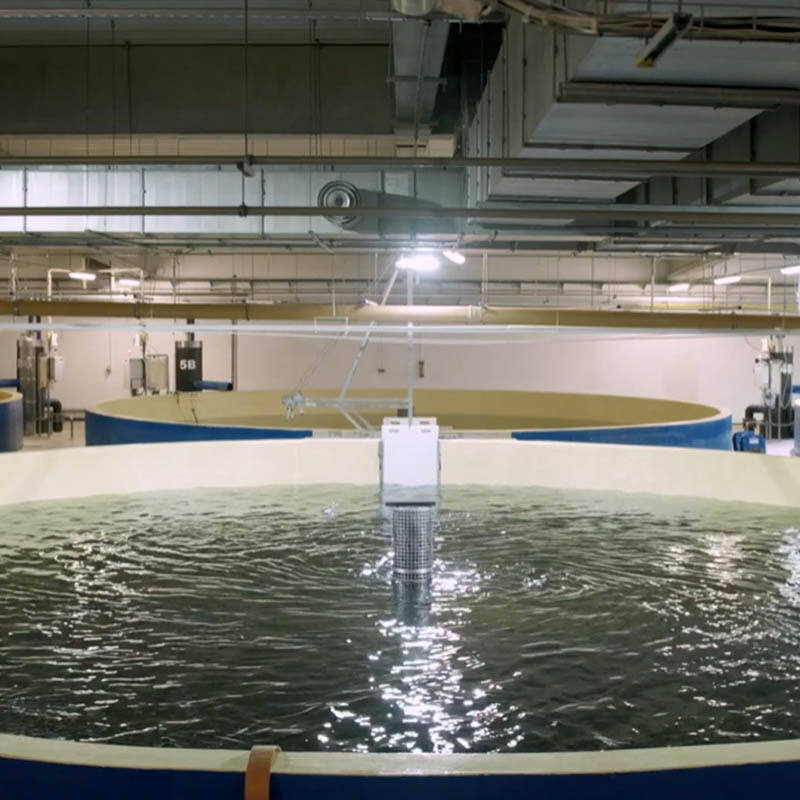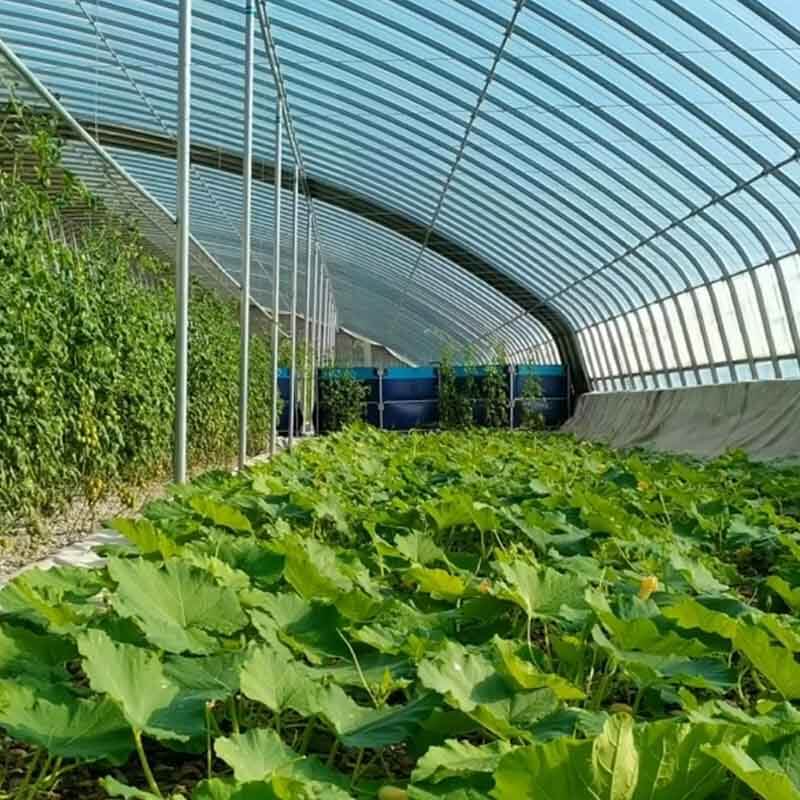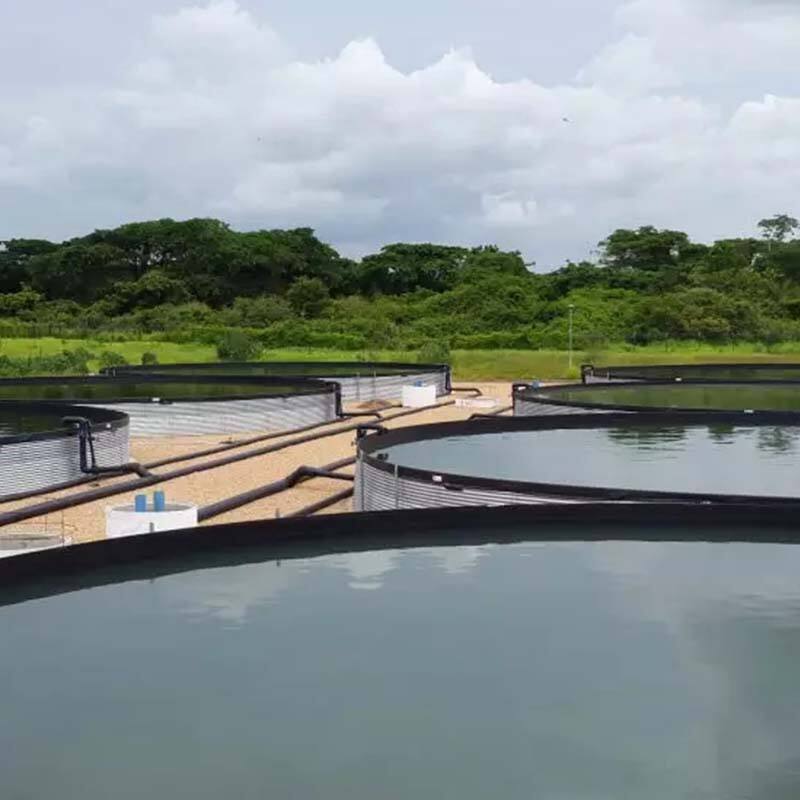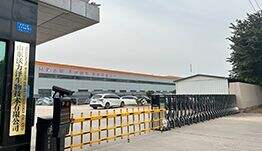Flexitanks: Samfélags, trygg og gæðusamur líquid packaging lausnir
Flexitanks: Samfélags, trygg og gæðusamur líquid packaging lausnir
Flexitank, sem ný tegund af behi fyrir rafnaður og hlutafærslu, hefur verið víða notuð í mörgum svæðum. Eiginlegar forurteiti þeirra, margföld notkun og hækkaðar efni gera þá til leittakanda í rafnaðarpackaging vöruvörunum.
Forskrifir flexitankanna
Stærstu forsóknir flexitankanna eru áhrifaleiki þeirra og kostnaðarskemmt. Samanburður við gamla packaging efni fyrir rafnað, geta flexitanks mikið valdið á auka sparnað á köstum fyrir purchasing packaging. Til dæmis með PVC flexitank geta þau sparnað kúsum 50%-80% á köstum fyrir purchasing packaging. Að einu meira, flexitanks bæta mjög útnýtingu containers. 20-fet container getur ferið upp á 25 kubikramma af vörum, sem er 56% meiri útnýting en gamla packaging efni. Þetta ekki aðeins minnkur fjölda af containers sem eru nauðsynlegir, en líka minnkur logistískar köst.
Aðrar mikilvægar fyrirþáttar flexitankanna eru öryggi og heilsu. Innri efni líquid-baga EVA er venjulega matmæt lágþétt polyethylen, sem getur sennilega tengst vöru af matmætum væskja vörum. Þessi skicun forðast ekki aðeins riskan af vörulíðanum en stendur einnig á öryggi og heilsu vöru.
Virkni flexitanksins er einnig mjög há. Tekur aðeins 20 mínútur að hlaða eða leyfa 20-fetis flexitank-konteinera, sem mikið sparað við mannaukann og tíma. Samkvæmt því, hafa flexitankar einnig sterk breytbarleika og umhverfingar. Hann getur uppfyllt ýmsar kröfur á ferðun, eins og järnbréfi, sjávarferðun, brautaverðun, o.s.frv., og er gerður af óvirðinguðum efum, endurtekna, óforurendur og samanstendur við nútímlega umhverfingsgreindir.
Áfangi flexitanks
Flexitankar eru notaðir í breiðri útfærslu á viðskiptaumhverfis, sem tekur fyrir sér kemíska efnisvöru, smör, mat og aðrar svæði. Á kemískum svæði geta flexitankar verið notuð til þess að pakkja og flutna mismunandi kemísk líquid eins og plastgagnvirki, sleppivinnslur, rengjendur og desinfektar. Á svæði smóra eru flexitankar hentugir til að flutna mismunandi smóra líquids eins og smásafn, umbreytara olíu og hvítu olíu. Á matsvæðinu geta flexitankar verið notuð til að fylla og flutna vín, samþáttaft safni, matsmíði og aðra matsmánakerfi.
Auk annars geta flexitankar einnig uppfyllt sérstök skipulagskref fyrir líquid vöru. Til dæmis, fyrir líquid vöru sem krafist sérstaka vinnumanna eins og vatnsþéttleikar, antioxidants og hituskydd, geta flexitankar boðið samsvarandi lausnir. Þetta gerir flexitankar meira vopnlag og sameinast í líquid pakking efnisvöru.

Efni af flexitank
Væskusækir eru oft gerðir af PVC, EVA, TPU og öðrum samskeyttum efnum. Þessi efni bjóða úrleggjandi mótkvaðmynd við rúst og hrúgileiki til að uppfylla þarfir væskuvarðunar og -færslu. Sérstaklega bætir notkun samskeyttu efna flexitankum sterkri mótkvaðmynd við syrfing og ultrafjólgrás undir ákveðnum umstöðum.
Framleiðslugáttur flexitankanna er líka mjög strengur. Streng gæðastjórnun er kraftrikandi frá smíðingu formhneppa yfir blásaformun, lotubindingu og lokaðu, upp á eftirferðarbein. Rétt val efna, vísan framleiðslutekník og streng gæðastjórnun eru grunnsteinninn sem varnar að flexitangkur séu nákvæmlega notaðir í mörgum tengdum vöruvölu.

Á sama hátt, flexitankar spila aukinni hlutverk í líkvíddyrkjastöðvarindinu með þeim fengum kosti sem áætlanleiki, öryggi, fjármuni, breitt notkunarmál og gæðaþéttum. Í framtíðinni, með samfelldri framvinda teknólogía og samfélldri víðfærslu markaðsins, verður notkunarhorfur flexitankanna enn breiddari.
Málvirkar vörur
Heitar fréttir
-
Stemmur það að veiða fisk í háþéttleika túgufiskivötnum sé hagilegra en venjulegir vönur?
2024-12-16
-
Forskrifir galvanískra túlufiskisvæða
2024-10-14
-
Háþétt fiskivaxtatekník, kosta fiskisvæða, túlufiskisvæði, túlusvæði, háþétt fiskivaxtur
2024-10-12
-
Af hverju skal velja rannsóknarháþétt sjóvaxt
2023-11-20















































